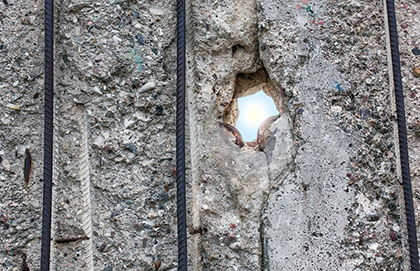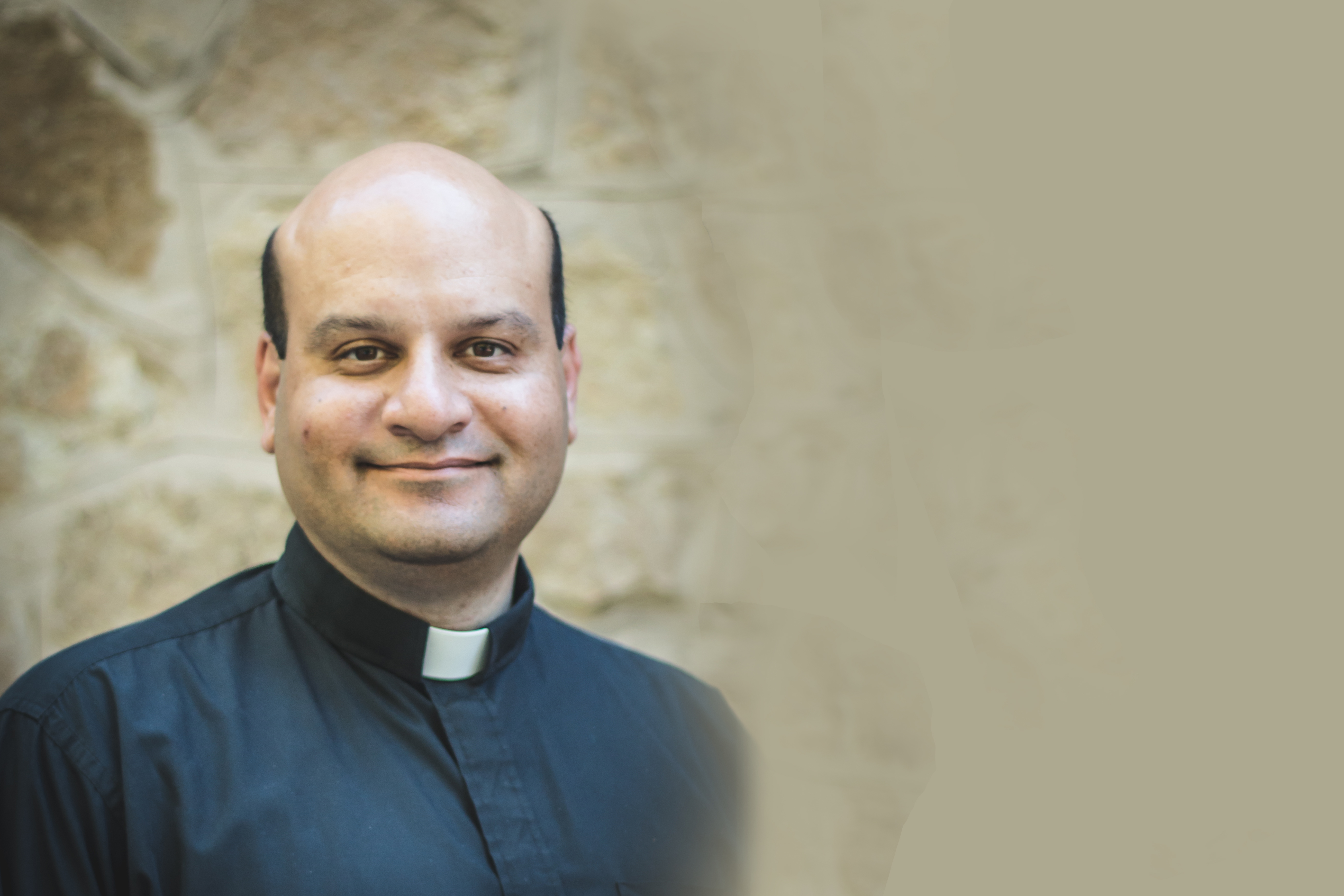Thirty years after the breaching of the Berlin Wall, there has been much attention to the victory of freedom in the Cold War. The Cold War would not formally end for another two years, when the evil empire itself, the Soviet Union, would be erased from the map and thrown onto the ash heap of history.
The Cold War is rightfully remembered as a time of resolve in the face of evil, the triumph of the peoples who were under the paw of the Russian bear but were not crushed. The role of the West, led by the NATO alliance, was also critical, first containing communism and then defeating it.
Yet the Cold War – like all wars – was corrupting, too. In the fight against Soviet communism exported around the world, it became easy for tyrants of different kinds to enlist the support of the West in the name of fighting communism. Such was the case in El Salvador.
While November 1989 for the world means the Berlin Wall, in El Salvador it means the martyrdom of six Jesuit priests, and a turning point in its civil war. Remembering them is a reminder that in war, even wars fought for noble causes, the innocent always die.
From 1980 to 1992, El Salvador was engulfed in a ruthless civil war. The anti-communist military government was backed by the United States. The guerrilla rebels – the FMLN (Farabundo Marti National Liberation Front) – wanted to replicate in El Salvador the communist triumphs in Cuba and Nicaragua.
Government forces engaged in a wide array of human rights violations; most notorious were the death squads with carried-out assassinations not only of FMLN guerillas, but also those who were critical of government policies. Most notable among the latter is St. Oscar Romero, the archbishop of San Salvador who was shot at the altar while celebrating the Holy Mass.
A government death squad shot its way on Nov. 16, 1989, into the residence of Jesuit priests on the campus of the Central American University (UCA) in San Salvador. They made the six priests lie on the ground and shot them in the back of the head. The residence’s housekeeper and her teenage daughter were also murdered. The brutality and brazenness of the nighttime assassinations shocked the world.
The six priests murdered were Ignacio Ellacuría, Ignacio Martín-Baró, Segundo Montes, Amando Lopez, Juan Ramon Moreno and Joaquín María López y López. The housekeeper was Julia Elba Ramos. Her 16-year-old daughter was Celina Mariceth Ramos.
The Jesuits had earned the ire of the government for their protests against human rights violations, their advocacy for the poor and their efforts toward establishing peace. In the distorting lens of war, any who were not entirely with the government were considered to be communist insurgents.
The United States, which had backed the Salvadoran government with about $4 billion through the course of the war, took an indulgent attitude to government abuses. Again, in Cold War thinking it was either “our” tyrant or “their” tyrant. There was no apparent option of no tyranny.
Perhaps that thinking changed a week before the Jesuit assassinations with the tearing down of the Berlin Wall. “Their” tyrant had been apparently defeated; “our” tyrant could then be held to a higher standard. In the event, the assassinations changed American policy. Washington demanded a full investigation and prosecution of the killers, threatening to otherwise cut off aid. There eventually was a trial and conviction, and then later an amnesty.
Meanwhile, the political dynamics had shifted. After the assassinations the Salvadoran government no longer had a blank cheque from Washington, and the events of 1989-1991 meant the FMLN was no longer part of an international communist expansion. The Salvadoran civil war thus ended in 1992. The Jesuits did not achieve in life the peace they pursued, but their deaths were a major step toward ending the war.
There is a Canadian connection. In the immediate aftermath of the assassinations, Jesuit Fr. Michael Czerny arrived in San Salvador and took over the UCA human rights office, previously headed by one of the Jesuits who had been killed. He carried on the work of the Jesuits and brought international attention to the trial of their killers.
Fr. Czerny now heads the Vatican’s migrant and refugee office in Rome and was named a cardinal by Pope Francis in October. It was Cardinal Czerny who supervised the installation of the monumental sculpture by Timothy Schmalz (who recently talked to Convivium’s Hannah Marazzi) in St. Peter’s Square.
The physical and symbolic heart of the Cold War was Berlin, divided by the kind of wall all communist regimes needed to prevent their people from fleeing. Yet the impact of the Cold War was felt the world over, including in San Salvador that bloody night, seven days after the Wall was no more.






